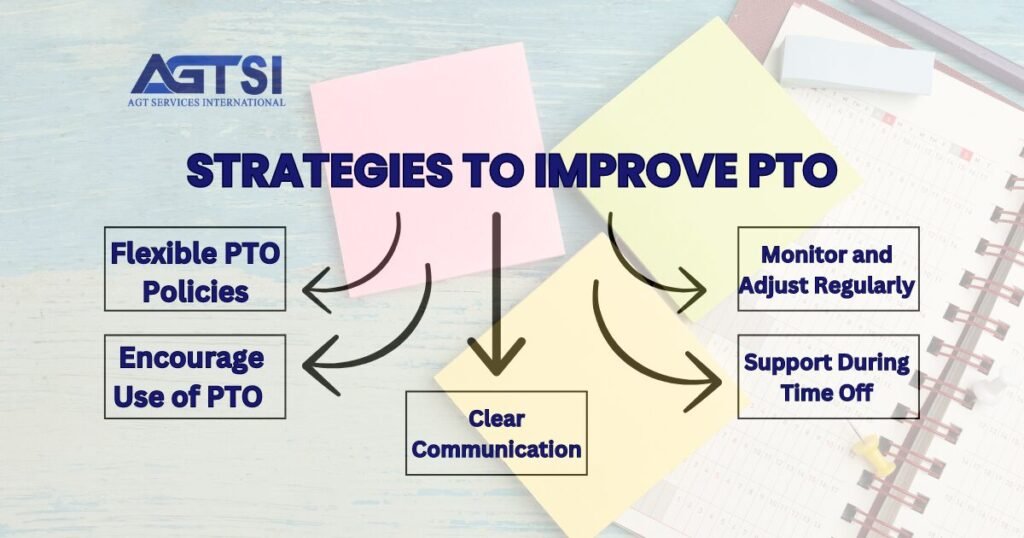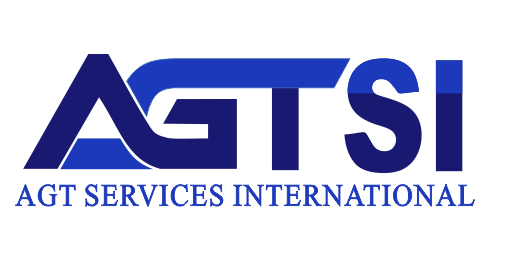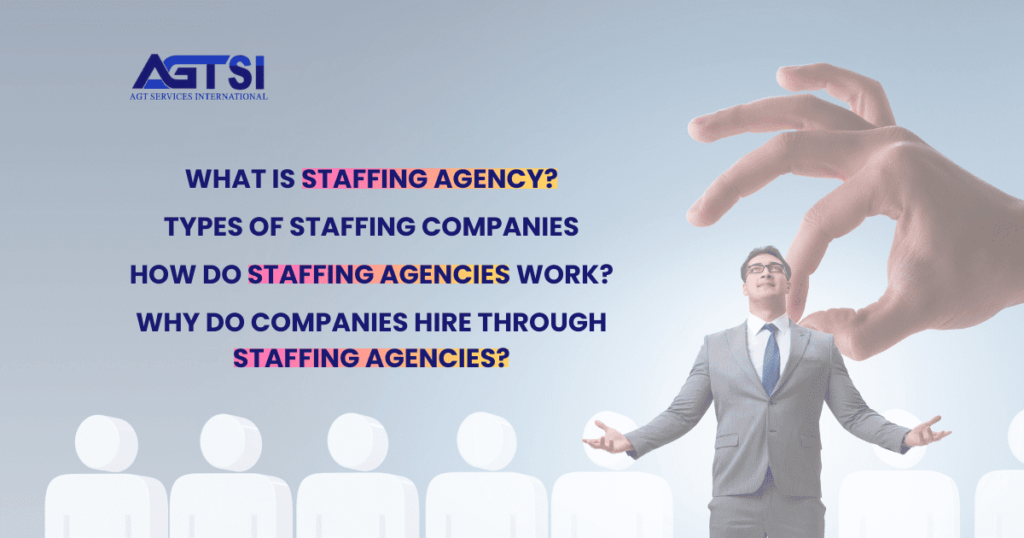In today’s fast-paced work environment, ensuring employees are happy and have a good work-life balance is more important than ever. Companies help with this by offering Paid Time Off (PTO). This guide will explain everything you need to know about PTO, how it works, and why it’s important for employees and employers.
What is PTO?
PTO, or Paid Time Off, is a policy that lets employees take paid leave for vacations, personal days, or when sick. Instead of having separate days for vacation and sick leave, PTO combines them into one pool that employees can use whenever they need.
Companies set up their PTO policies differently, depending on their size and industry. PTO allows employees to take time off for personal reasons without losing pay, helping them better manage their work and personal lives. It’s also a great way for companies to attract and keep talented employees, showing they care about their staff’s well-being.
Recomended: How to find Industrial Technician Staffing Consultants in Pakistan?

How does PTO Works?
Paid Time Off (PTO) is a universal benefit that allows employees to manage their Time away from work. Here’s a breakdown of how PTO typically works:
Accrual Systems:
- Accrued PTO: Employees earn PTO hours based on the amount of time they work. For example, an employee might accrue several hours per pay period. This system ensures that the longer employees work, the more time off they accumulate.
Annual Allotment: Some companies grant a set amount of PTO at the beginning of the year. Employees can use this allotment as needed throughout the year, giving them the flexibility to plan vacations or personal days in advance.
Usage Policies:
- Requesting PTO: Employees typically must request PTO in advance, following company procedures. This often involves submitting a request through an HR system or to a manager for approval. Companies usually have guidelines on how far in advance requests should be made and any blackout periods where PTO cannot be taken.
Approval Process: Managers review PTO requests to ensure adequate staffing levels. While most requests are approved, some may be refused or modified to meet business needs. Clear communication between employees and managers balances personal time and work requirements.
Combining Leave Types:
- Unified Bank: PTO often combines various types of leave (vacation, sick days, personal days) into a single bank. This unified strategy simplifies tracking and allows employees to use their time off as they see fit, whether for a vacation or an unexpected illness.
- Separate Categories: Some companies maintain separate categories for different types of leave, each with accrual and usage rules. In this case, employees must navigate these distinctions when planning their time off.
Also Read: 5 Strategies for Optimizing ATS in Recruitment
Carryover and Payout Policies:
- Carryover Limits: Companies may allow unused PTO to carry over into the next year, often with a cap on the amount that can be carried over. This encourages employees to use their time off while providing some flexibility.
- Payouts: Employees may receive a payout for unused PTO upon leaving a company, depending on company policy and local laws. This can be a valuable financial benefit and emphasizes the importance of tracking and managing PTO carefully.
Legal Considerations:
- Compliance: Companies must stick to local, state, and federal regulations regarding PTO. These laws may dictate minimum accrual rates, carryover policies, and payout requirements.
- Documentation: Employers should maintain clear records of PTO accrual, usage, and balances. This transparency helps avoid disputes and ensures compliance with legal standards.
Communication and Education:
- Employee Handbook: Detailed PTO policies should be included in the employee handbook, providing clear guidance on how PTO is accrued, requested, and used.
- Training: Regular training sessions or informational meetings can help employees understand and effectively utilize their PTO benefits, promoting a healthy work-life balance.
Why is PTO Important? Strategies to Improve PTO
Importance
Enhances Employee Well-Being: PTO is essential because it helps employees take necessary breaks from work. Time off allows employees to rest, recharge, and attend to personal matters, leading to better mental and physical health. Employees who are well-rested are more focused, productive, and motivated at work.
Boosts Employee Morale and Retention: Employees who have access to PTO feel valued and respected by their employers. This sense of appreciation raises morale and job satisfaction. Additionally, generous PTO policies can reduce employee turnover, as workers are likelier to stay with a company that supports their well-being.
Increases Productivity: Contrary: To the belief that more work hours mean higher productivity, overworked employees are less efficient. PTO helps prevent burnout by ensuring employees have time to relax and recharge, leading to sustained productivity and creativity.
Attracts Talent: In a competitive job market, offering comprehensive PTO policies can make a company more attractive to potential employees. Talented candidates are likelier to choose employers who prioritize work-life balance and provide adequate time off.
Recomended: What is Star Interview Technique and How to Use It?

Strategies
Flexible PTO Policies: Companies should consider flexible PTO policies that accommodate different needs and lifestyles. Offering options like unlimited PTO or allowing employees to carry over unused days can be very appealing.
Encourage Use of PTO: There needs to be more PTO offerings; companies must also encourage employees to use it. Managers should lead by example and take time off themselves, creating a culture where taking breaks is normalized and supported.
Clear Communication: Clearly communicates PTO policies to all employees. Ensure they understand how to request time off, how much PTO they have, and any restrictions or conditions. Transparency helps prevent misunderstandings and ensures everyone benefits from the policy.
Monitor and adjust regularly: Review PTO usage and gather employee feedback to see how well the policy works. If employees aren’t using their PTO or if certain policy aspects aren’t effective, be open to making adjustments. Continuous improvement ensures the PTO policy remains beneficial for everyone.
Support During Time Off: Ensure that employees taking PTO can truly disconnect from work. This might involve delegating their tasks temporarily or setting up out-of-office protocols to handle urgent matters. Supportive measures like these help employees make the most of their time off.
By implementing these strategies, companies can maximize the benefits of PTO, fostering a healthier, happier, and more productive workforce.
Types of PTO
Vacation Days: Time off for rest, travel, or fun to recharge and improve productivity.
Sick Days: Time off for health issues, including doctor visits and recovery, ensuring employees stay healthy without worrying about work.
Personal Days: Time off for personal matters like family emergencies, mental health, or important errands, giving flexibility to manage personal life.
Holidays: Paid time off for public or company holidays, allowing celebration without work worries and boosting morale.
Grief Leave: Time off to deal with the loss of a loved one, providing the necessary time to grieve and handle personal matters.
Parental Leave: Time off for new parents to care for a newborn or adopted child, supporting family well-being and bonding.
Military Leave: Time off for military service or training, supporting employees who serve in the armed forces.
Also Read: How long does a hiring freeze last?
Benefits of PTO
For Employees
- Improved Work-Life Balance: PTO allows employees to take necessary breaks, reducing burnout and enhancing overall well-being.
- Flexibility: With a pooled PTO system, employees can use their time off as they see fit, whether for vacation, personal matters, or health needs.
- Job Satisfaction: Knowing they have paid time off boosts employees’ morale and job satisfaction.
For Employers
- Increased Productivity: Well-rested employees are more focused, creative, and productive.
- Attracting Talent: Competitive PTO policies help attract and retain top talent in a competitive job market.
- Reduced Turnover: Providing adequate PTO can lead to higher employee retention rates, saving costs associated with turnover.
Conclusion:
Paid Time Off (PTO) is essential for today’s workplaces, offering employees the flexibility to take paid leave for vacations, personal matters, or sickness without losing income. It boosts employee happiness, productivity, and job satisfaction while helping companies attract and keep talented staff. Clear policies and support for Time off ensure PTO benefits employees and employers, fostering a healthier work environment overall.




















